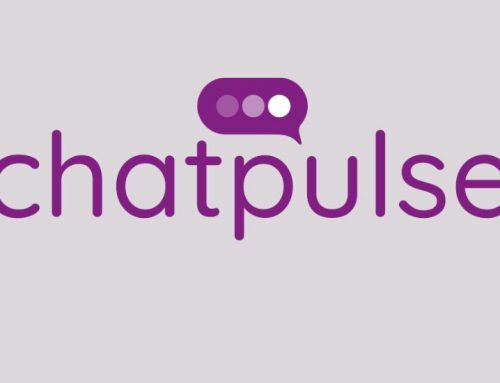Conversational AI is constantly evolving and the concept can feel abstract to many. At The CAI Company, we hear and answer questions every day. So we’ve compiled straightforward, practical answers to the most common Conversational AI FAQs to help you cut through the buzzwords and understand how CAI can create measurable value.
Conversational AI FAQs – Frequently Asked Questions:
-
-
- What is Conversational AI?
- How does conversational AI differ from a chatbot?
- Is conversational AI the same as agentic AI?
- How can we measure the ROI of Conversational AI initiatives?
- How do we address ethical issues like AI bias or inappropriate responses in Conversational AI?
- How can I use an LLM to help my CAI project?
- How can I build a good virtual assistant without using an LLM?
-
What is Conversational AI?
Conversational AI is a field of artificial intelligence that enables computers to understand, process, and respond to human language naturally. It combines technologies such as natural language processing (NLP), machine learning, speech recognition and dialogue management to simulate meaningful interactions between humans and machines. Conversational AI powers chatbots, virtual assistants, and voice interfaces that support users through text or speech.
By enabling systems to learn from data and user interactions, conversational systems can improve over time to deliver more accurate and context-aware responses. Businesses use Conversational AI to transform how they engage with customers, automate support, and personalise digital experiences.
The CAI Company provides expert conversational AI strategy, design, and implementation services to help organisations unlock the full potential of intelligent dialogue systems.
How does conversational AI differ from a chatbot?
The key distinction lies in scope: conversational AI provides the underlying technologies and techniques that power systems capable of holding intelligent, multi-turn conversations across platforms, while a chatbot is one specific way that natural language interaction might be deployed.
The CAI Company develops conversational AI solutions that help businesses deliver sophisticated, context-aware dialogue experiences, meeting organisational and end-user needs.
Is conversational AI the same as agentic AI?
Agentic AI, on the other hand, might describe systems that can converse but mainly refers to their ability to take autonomous action such as reasoning about goals, planning tasks, invoking APIs, and interacting with other systems to achieve outcomes. Agentic AI goals can be incorporated into CAI solutions to extend the system’s capabilities, but it must be remembered that well-designed CAI can also already make decisions, invoke APIs, interact with other systems, etc.
The CAI Company helps organisations incorporate agentic AI goals into their conversational AI projects, ensuring their solutions evolve towards intelligent, outcome-driven automation.
How can we measure the ROI of Conversational AI initiatives?
To measure the ROI of your Conversational AI initiatives, you’ll need to combine both quantitative and qualitative metrics that show real business impact. Start by tracking cost savings such as reduced contact centre workload, faster response times, or improved first-contact resolution. Then look at revenue growth from areas like increased conversions, upselling or lead generation. Don’t forget that your customer experience metrics like CSAT, NPS and engagement quality or duration also give insight into value creation beyond financial return. If you benchmark pre- and post-implementation performance, you’ll be able to calculate payback over time.
If you are ready to explore what conversational AI can do for your business, from planning to implementation, The CAI Company can help your business unlock its AI potential.
How do we address ethical issues like AI bias or inappropriate responses in Conversational AI?
How can I use an LLM to help my CAI project?
Large Language Models (LLMs) can play a crucial role in accelerating and enhancing your Conversational AI (CAI) project. You can use an LLM to generate realistic training data, prototype dialogue flows, or simulate user interactions before deployment. During design, an LLM supports conversation designers by drafting intents, entity lists, and sample utterances, helping you iterate faster and maintain consistency across channels.
In production chat and voice bots, LLMs can deliver more human-like behaviour by dynamically understanding user intent, managing multi-turn dialogues, and adapting tone or context in real time. They can also summarise conversations for human agents, generate knowledge-base updates, or identify emerging topics and user sentiment from transcripts. LLMs are also increasingly helping support analytics and governance, categorising interactions, extracting insights and checking for answers that diverge from facts or rules.
How can I build a good virtual assistant without using an LLM?
Conversational AI FAQs – What’s YOUR question?




